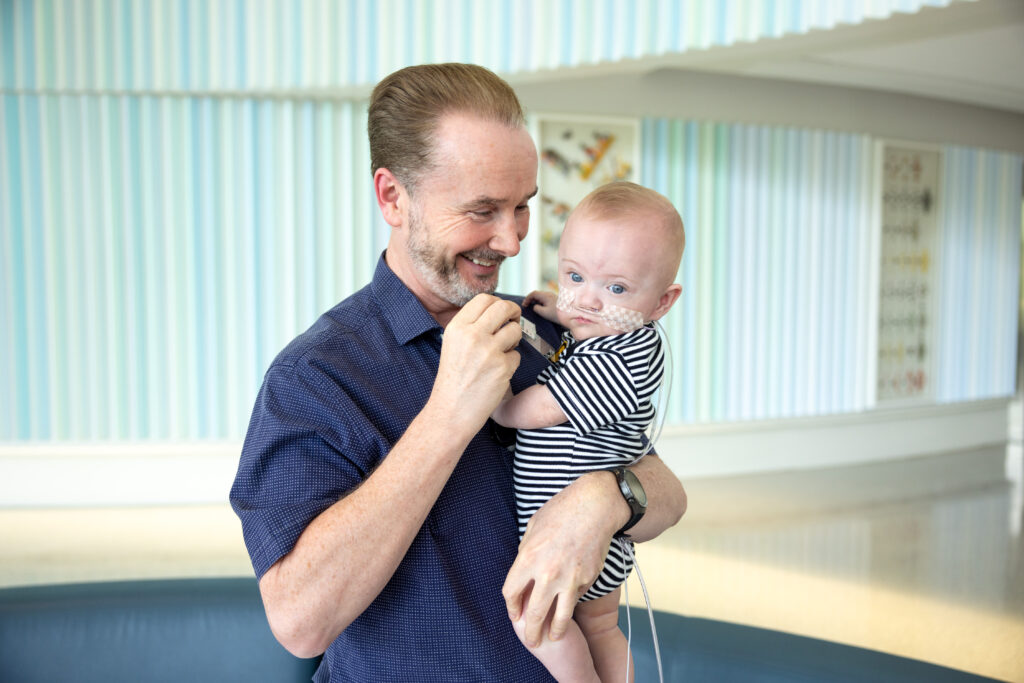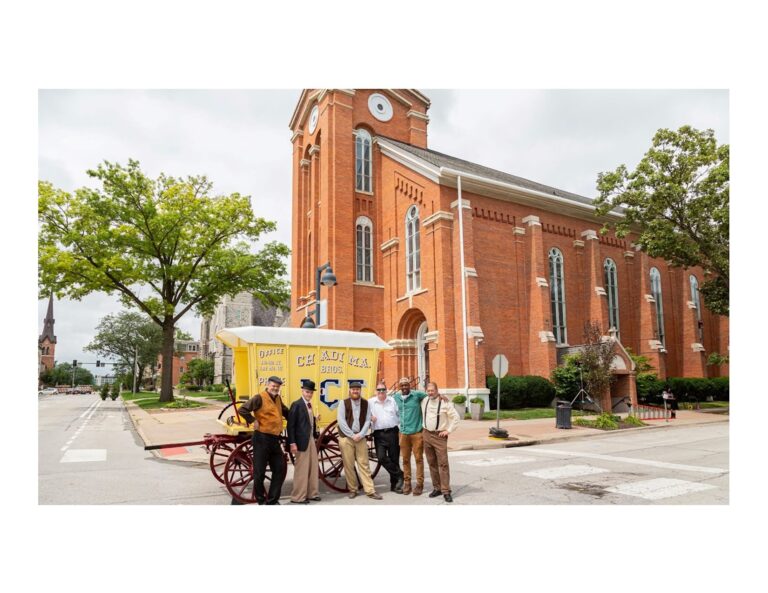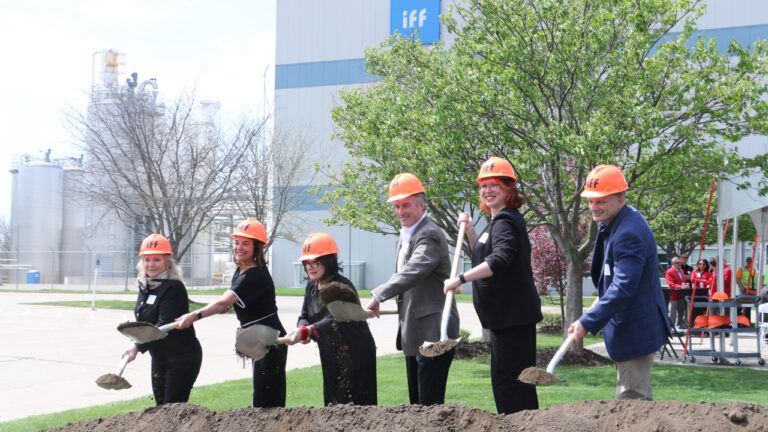A combination of advanced technology, standardized protocols and highly specialized care at University of Iowa Health Care’s Stead Family Children’s Hospital helped save the life of Nash Keen, now recognized as the world’s most premature baby to survive.
Nash was born at 21 weeks and one day of gestation on July 5, 2024, weighing just 10 ounces — less than a can of soda. Babies born that early are rarely offered intensive care because of extremely low survival rates, but the Keen family found the Iowa City hospital uniquely equipped to try, according to a UIHC news release.
“Our NICU’s results for babies born at 22 weeks’ gestation are among the best in the world,” said neonatologist Edward Bell, MD. “For this reason, even though 21-week babies like Nash are considered too early to be offered intensive care in most hospitals, we have begun to treat some 21-week babies if their parents wish us to.”
The hospital’s neonatal intensive care unit (NICU) is one of only a few worldwide providing specialized care to infants born as early as 21 weeks. A key reason is the NICU’s use of advanced hemodynamic monitoring, a technology that uses ultrasound to precisely assess blood flow and heart function. The approach allows physicians to customize treatment at the first sign of trouble, rather than relying on broader, less targeted interventions.
“It allows for us to really fine tune and tailor our therapies,” said neonatologist Amy Stanford, MD, who intubated Nash within minutes of his birth. “For Nash, when he was first born his blood pressure was really low. At first, you might think that means his heart was struggling, but with hemodynamics we were able to check and see that the heart was functioning well, so we adjusted our approach from there.”
Research by Iowa’s NICU team has shown that hemodynamic care can cut the risk of death or severe brain bleeding in half for very premature babies. Dr. Stanford is one of the first physicians in the nation to complete Iowa’s neonatal hemodynamics fellowship, the first such training program in the United States.
Patrick McNamara, MB, BCh, division director of neonatology, said Iowa’s success in treating extremely premature infants comes not just from technology, but also from consistency of care. “When another doctor comes on at night to care for the baby, they still provide the same standard of care. We maintain that continuity of care and protocol,” he said.
For Nash, those efforts paid off. Despite his unprecedented prematurity, the tiniest breathing tube fit, a critical step in stabilizing him. From there, his care team implemented medications to support organ development and reduce the risk of complications.

Still, the newborn faced numerous health issues. At one point, his mother, Mollie Keen, said he was “the sickest stable patient they have in the NICU right now.” Like many micro-preemies, Nash required surgeries, frequent echocardiograms and constant monitoring, but he continued to defy expectations.
The Keen family credited the team for guiding them through every step. “They kept his heart going. They were on top of it every step of the way. They really gave him a fighting chance,” said Randall Keen.
After 189 days in the hospital, Nash went home in January 2025. He now regularly visits Stead Family Children’s Hospital for follow-up care. Dr. Stanford said her goal is that “by the time he’s 5 years old when he goes to kindergarten, no one will know that he was born so early.”
For Dr. McNamara and the NICU team, Nash’s survival is more than an individual success. “Every patient teaches us something, and we use those lessons to improve care for the next,” he said. “Nash’s remarkable outcome reflects the progress we’ve made by building on the experiences of those patients who came before him.”








